Chapter 10
Architectural Design
CHAPTER OVERVIEW AND COMMENTS
The intent of this chapter is to provide a systematic approach for the derivation of the architectural design. Architectural design encompasses both the data architecture and the program structure layers of the design model. A general introduction to software architecture is presented. Examples are presented to illustrate the use of transform mapping and transaction mapping as means of building the architectural model using structured design approach.
10.1 Software Architecture
This section defines the term “software architecture” as a framework made up of the system structures that comprise the software components, their properties, and the relationships among these components. The goal of the architectural model is to allow the software engineer to view and evaluate the system as a whole before moving to component design.
10.1.1 What is Architecture?
The architecture is not the operational software. Rather, it is a representation that enables a software engineer to:
(1) Analyze the effectiveness of the design in meeting its stated requirements,
(2) Consider architectural alternatives at a stage when making design changes is still relatively easy, and
(3) Reduce the risks associated with the construction of the software.
10.1.2 Why is Architecture Important?
10.2 Data Design
This section describes data design at both the architectural and component levels. At the architecture level, data design is the process of creating a model of the information represented at a high level of abstraction (using the customer's view of data).
10.2.1 Data Design at the Architectural Level
The challenge is extract useful information from the data environment, particularly when the information desired is cross-functional.
To solve this challenge, the business IT community has developed data mining techniques, also called knowledge discovery in databases (KDD), that navigate through existing databases in an attempt to extract appropriate business-level information.
However, the existence of multiple databases, their different structures, the degree of detail contained with the databases, and many other factors make data mining difficult within an existing database environment.
An alternative solution, called a data warehouse, adds on additional layer to the data architecture.
A data warehouse is a separate data environment that is not directly integrated with day-to-day applications that encompasses all data used by a business.
In a sense, a data warehouse is a large, independent database that has access to the data that are stored in databases that serve as the set of applications required by a business.
10.2.2 Data Design at the Component Level
At the component level, data design focuses on specific data structures required to realize the data objects to be manipulated by a component.
Set of principles for data specification:
1. The systematic analysis principles applied to function and behavior should also be applied to data.
2. All data structures and the operations to be performed on each should be identified.
3. A data dictionary should be established and used to define both data and program design.
4. Low level data design decisions should be deferred until late in the design process.
5. The representation of data structure should be known only to those modules that must make direct use of the data contained within the structure.
6. A library of useful data structures and the operations that may be applied to them should be developed.
7. A software design and programming language should support the specification and realization of abstract data types.
10.3 Architectural Styles and Patterns
Each style describes a system category that encompasses:
(1) A set of components (e.g., a database, computational modules) that perform a function required by a system,
(2) A set of connectors that enable “communication, coordination and cooperation” among components,
(3) Constraints that define how components can be integrated to form the system, and
(4) Semantic models that enable a designer to understand the overall properties of a system by analyzing the known properties of its constituent parts.
An architectural style is a transformation that is imposed on the design of an entire system.
An architectural pattern, like an architectural style, imposes a transformation on the design of an architecture.
A pattern differs from a style in a number of fundamental ways:
10.3.1 A Brief Taxonomy of Architectural Styles
Styles can be categorized as follows:
Data-Centered Architecture
A data store resides at the center of this architecture and is accessed frequently by other components that update, add, delete, or otherwise modify data within the store.
This architecture promotes integrability. Existing components can be changed and new client components can be added to the architecture without concern about other clients.
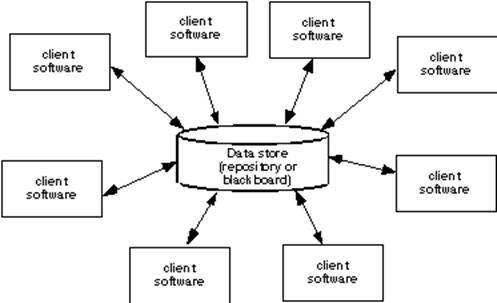
Data-flow Architecture
This architecture is applied when input data are to be transformed through a series of computational or manipulative components into output data.
A pipe and filter structure has a set of components, called filters, connected by pipes that transmit data from one component to the next.
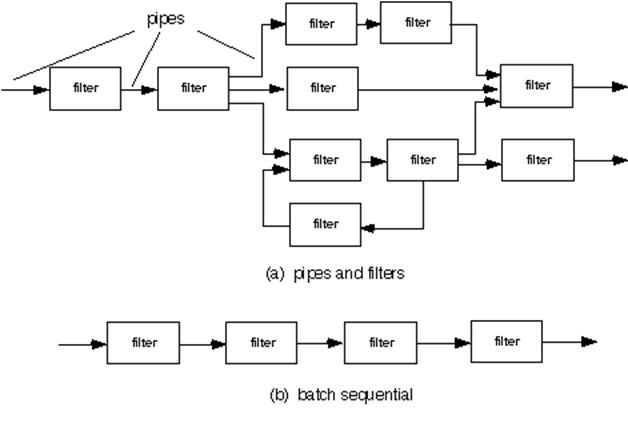
Call and Return architecture
The architectural style enables a S/W designer to achieve a program structure that is relatively easy to modify and scale.
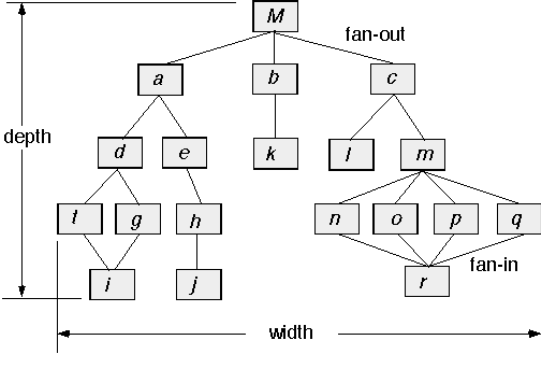 Remote procedure-call architecture.
Remote procedure-call architecture.
10.3.2 Architectural Patterns
A S/W architecture may have a number of architectural patterns that address issues such as concurrency, persistence, and distribution.
Two patterns are common:
10.4 Architectural Design
The architectural design process begins by representing the system in context.
10.4.1 Representing the System in Context
Architectural context represents how the S/W interacts with entities external to its boundaries.
The design should define the external entities (other systems, devices, people) that the software interacts with and the nature of the interaction
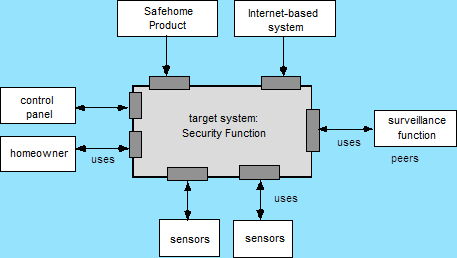
10.4.1 Defining Archetypes
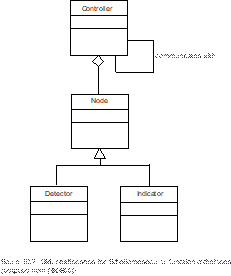
10.5 Analyzing Alternative Architectural Designs
10.5.1 An Architecture Trade-off Analysis Method
The SEI has developed an Architecture Trade-off Analysis Method (ATAM) that established an iterative evaluation process for S/W architecture:
1. Collect scenarios.
2. Elicit requirements, constraints, and environment description.
3. Describe the architectural styles/patterns that have been chosen to address the scenarios and requirements:
• module view
• process view
• data flow view
4. Evaluate quality attributes by considered each attribute in isolation.
5. Identify the sensitivity of quality attributes to various architectural attributes for a specific architectural style.
6. Critique candidate architectures (developed in step 3) using the sensitivity analysis conducted in step 5.
10.5 Mapping Data Flow into Software Architecture
This section describes the general process of mapping requirements into software architectures during the structured design process. The technique described in this chapter is based on analysis of the data flow diagram discussed in Chapter 8.
An Architectural Design Method
customer requirements
four bedrooms, three baths, lots of glass…
Deriving Program Architecture
Partitioning the Architecture
horizontal” and “vertical” partitioning are required
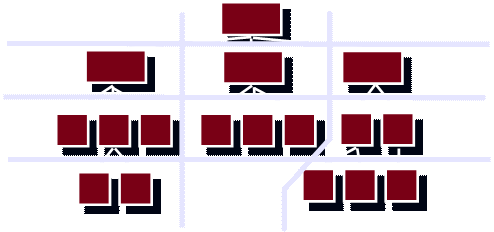
Horizontal Partitioning
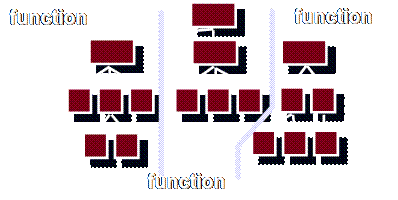
Vertical Partitioning:
Factoring
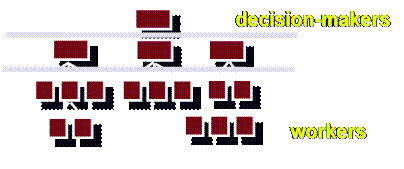
Why Partitioned Architecture?
Flow Characteristics
General Mapping Approach
Isolate incoming and outgoing flow boundaries; for transaction flows, isolate the transaction center.
Working from the boundary outward, map DFD transforms into corresponding modules.
Add control modules as required.
Refine the resultant program structure using effective modularity concepts.
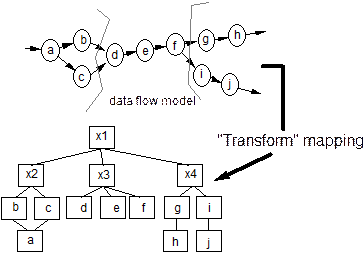
Factoring
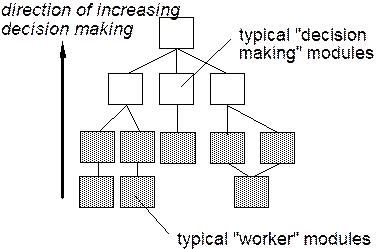
First Level Factoring
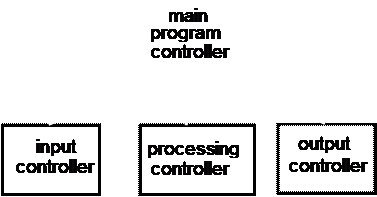
Second Level Mapping
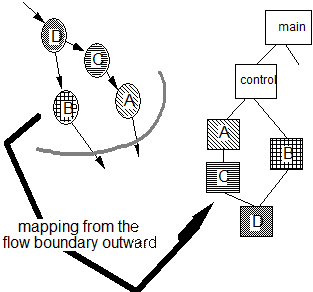
Transaction Flow
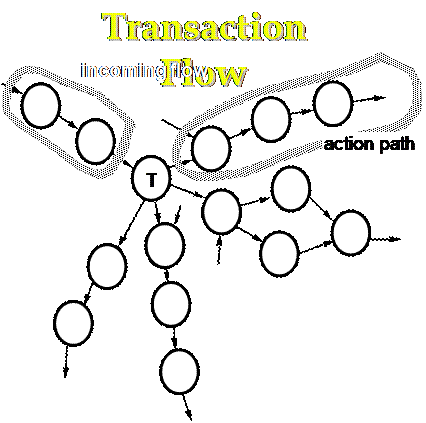
Refining the Analysis Model
Source: https://www2.southeastern.edu/Academics/Faculty/galkadi/285/notes/Chapter10.doc
Web site to visit: https://www2.southeastern.edu/
Author of the text: indicated on the source document of the above text
If you are the author of the text above and you not agree to share your knowledge for teaching, research, scholarship (for fair use as indicated in the United States copyrigh low) please send us an e-mail and we will remove your text quickly. Fair use is a limitation and exception to the exclusive right granted by copyright law to the author of a creative work. In United States copyright law, fair use is a doctrine that permits limited use of copyrighted material without acquiring permission from the rights holders. Examples of fair use include commentary, search engines, criticism, news reporting, research, teaching, library archiving and scholarship. It provides for the legal, unlicensed citation or incorporation of copyrighted material in another author's work under a four-factor balancing test. (source: http://en.wikipedia.org/wiki/Fair_use)
The information of medicine and health contained in the site are of a general nature and purpose which is purely informative and for this reason may not replace in any case, the council of a doctor or a qualified entity legally to the profession.
The texts are the property of their respective authors and we thank them for giving us the opportunity to share for free to students, teachers and users of the Web their texts will used only for illustrative educational and scientific purposes only.
All the information in our site are given for nonprofit educational purposes